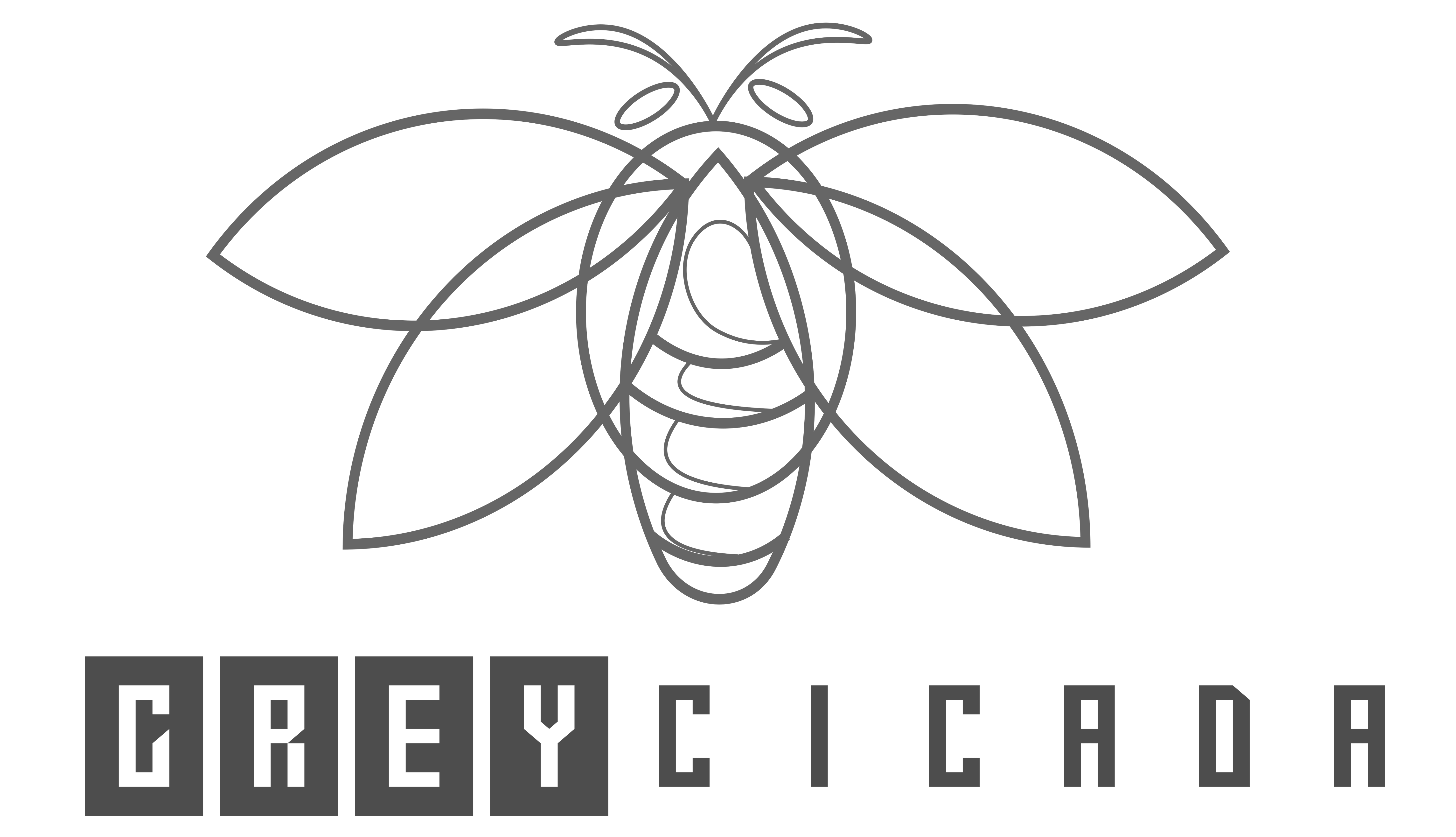FREE SHIPPING OVER $50
Can Chomps Beef Sticks Really Boost Fat Loss and Muscle Growth?
When you’re hustling to build muscle or drop stubborn fat, the snacks you reach for can make or break your progress. Not all protein is created equal, and the options lining grocery store shelves can feel like a nutritional minefield. Then there’s Chomps beef sticks—convenient, portable, and boasting grass-fed beef on the label. But let’s cut through the marketing noise.
Can Chomps beef sticks really help you burn fat and build lean muscle?
Yes—but only if you’re using them strategically, not religiously.
Let’s dig into the truth behind these trendy meat snacks and whether they earn a spot in your high-performance diet.
The Protein Equation: Why Muscle Needs More Than Just Gym Time

Muscle isn’t built with iron alone—it’s forged in recovery, fueled by protein, and supported by smart habits. Protein is the repair crew that comes in after you tear muscle fibers down in the gym.
Each Chomps beef stick packs 10-12 grams of protein. That’s not a meal—but it’s a solid mini-punch when you’re stuck between meetings, on a hike, or after a quick workout. The protein is clean, complete, and more bioavailable than what you’ll get from some powdered alternatives.
Still, don’t expect these sticks alone to transform your body. Think of them like an assistant coach. Helpful? Absolutely. But they won’t run the game for you.
The Ingredients Breakdown: What’s Actually Inside a Chomps Stick?
It’s easy to say “healthy”—but what does that actually mean here? A closer look at Chomps beef sticks ingredients tells the story.
- 100% grass-fed and grass-finished beef
- No sugar added
- No nitrates, nitrites, or artificial preservatives
- Gluten-free, Whole30 and paleo-approved
That’s a pretty clean résumé in the world of processed snacks. The ingredient list is minimal and readable—nothing you’d need a lab coat to interpret.
Compared to the average gas station beef stick that’s swimming in corn syrup, soy protein isolate, and questionable additives, Chomps are a clear nutritional upgrade. It’s the difference between fueling your body with kindling vs. tossing in wet logs.
Are Chomps Beef Sticks Healthy?
Yes—when used the right way.
Let’s not pretend a beef stick is the same as a plate of salmon and spinach. But if your only choices are vending machine junk or a Chomps beef stick, it’s a no-brainer.
They’re high in protein, low in sugar, and free from cheap fillers. For keto, paleo, Whole30, or low-carb dieters, they tick all the right boxes. They also help bridge the protein gap that most people unknowingly fall short on.
But healthy isn’t just what you eat—it’s also how you eat it. Use Chomps as a protein filler between meals, not the main event.
Do Chomps Beef Sticks Actually Support Fat Loss?
Fat loss boils down to one thing: a consistent calorie deficit. But hunger is the saboteur of every solid plan. That’s where Chomps come in.
These sticks are satisfying. High-protein snacks help regulate ghrelin (your hunger hormone), keep cravings in check, and curb overeating later. In that sense, Chomps beef sticks can indirectly support fat loss by keeping you full and preventing that mindless 3 p.m. snack binge.
Here’s the catch: mindless grazing, even on healthy snacks, adds up. One stick won’t wreck your progress. Five sticks a day, though? That’s a different story.
Muscle Growth Needs Consistency—Not Magic Sticks
Here’s the truth: no snack, no matter how clean, replaces a real meal or consistent protein intake throughout the day. Muscle growth depends on resistance training and a sustained intake of 1.6–2.2g of protein per kg of body weight daily.
One Chomps stick gets you a small step closer to that number—but you’ll need full meals to get all the way there. Think of it as a protein pit stop.
Want results? Use them like a tool, not a crutch.
What About That Chomps Beef Sticks Recall?
You might be wondering: Have Chomps beef sticks been recalled?
As of March 2025, Chomps has initiated a voluntary recall for specific lots of their Original Beef Sticks and Original Turkey Sticks. This recall was issued due to the potential presence of metal fragments discovered after two consumer complaints. The products were packaged at one facility between January 16, 2025, and January 23, 2025.
If you have purchased Chomps products recently, it’s essential to check the lot codes on your packaging. You can find the codes at the bottom of the stick (or inside the pouch for multi-packs). Affected lot codes for Original Beef Sticks include:
- 6220A 025016
- 6220A 025017
- 6220A 025018
- 6220A 025020
- 6220A 025021
- 6220A 025022
For Original Turkey Sticks, affected codes include:
- P6220A 025022
- P6220A 025023
Consumers should not consume the recalled products. Instead, return them to the retailer for a full refund or contact Chomps directly for further assistance. There have been no reported injuries or adverse reactions, and the recall was initiated as a precautionary measure to ensure consumer safety. For the latest updates, visit the official Chomps recall page.
And while we’re here—Chomps beef sticks recalled? Yes, for select lots, but Chomps has acted swiftly to address the issue, demonstrating their commitment to quality and customer safety.
Is the Hype Real at Costco?
You’ve probably seen them at your local store or heard someone mention Chomps beef sticks Costco deals. It’s true—Costco carries bulk packs, making them more affordable than boutique health food stores.
Is it worth grabbing a box? If you’re already incorporating them smartly into your plan, yes. Costco deals make them about 25–30% cheaper per unit than buying individually. But again, they’re not a magic bullet. Buy in bulk only if you’re already sure you’ll use them.
Conclusion: Should You Add Chomps to Your Routine?
Yes—but only if you’re treating them like a supplement, not a solution.
Chomps beef sticks offer a convenient, healthy-ish snack for anyone trying to get leaner or stronger. They’re made with quality ingredients, contain solid protein, and are far better than the average processed meat snack. They support your goals—if your goals already have structure.
Think of them like a seatbelt. Useful? Definitely. But they’re not what drives the car.



